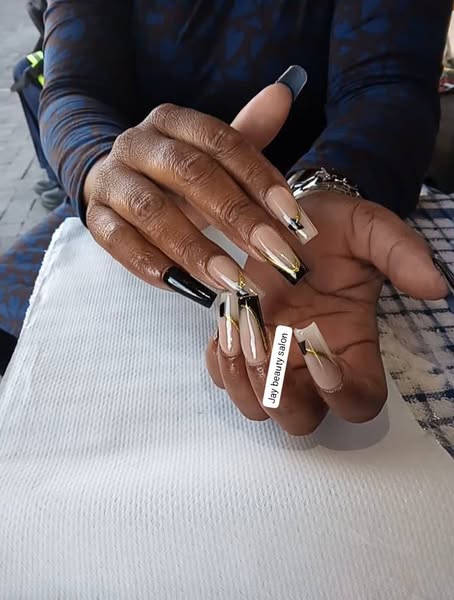Creating Stunning AI Art with Prompts
In the world of AI art, the right prompts can unleash creativity and transform simple ideas into stunning visuals. Understanding how to use AI image generators effectively is essential for artists and enthusiasts alike. Start with clear, descriptive prompts that convey your vision—whether it’s a serene landscape or a vibrant abstract piece. Experiment with different styles and techniques, such as combining colors or textures, to see how the AI interprets your instructions. One effective trick is to use specific adjectives and nouns in your prompts. For example, instead of saying ‘a flower’, describe it as ‘a bright red rose with dewdrops in the morning light’. This level of detail helps the AI understand your desired outcome. Additionally, consider exploring collections of prompts shared by other artists to spark inspiration and discover new possibilities. As you dive deeper into AI art creation, don’t be afraid to iterate on your prompts based on the results. The feedback loop between the artist and the AI can lead to unexpected and beautiful creations. Embrace the journey of exploration, and let your imagination run wild with AI-generated art!
PROMPT : Lovely set right ladies?●black acrylic powder ●black gel●assorted chrome*golden color ●underneath chrome is black lines using gel



Related: Explore more AI art posts
